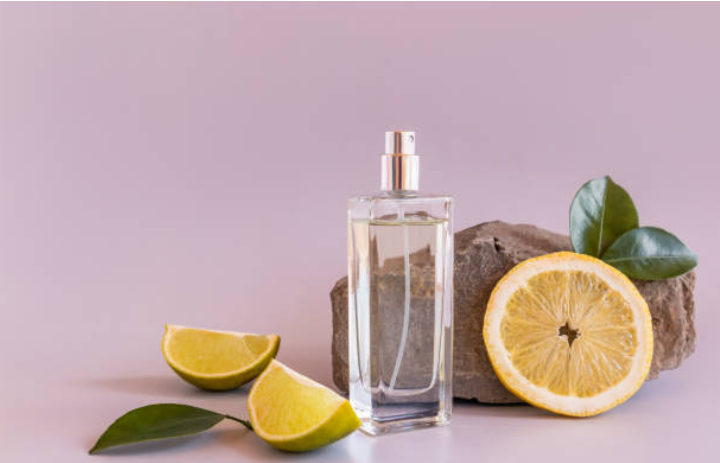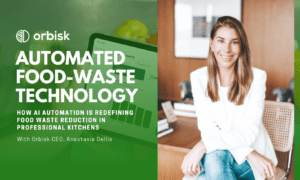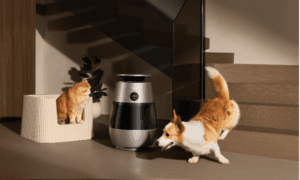What smells like a sparkling citrus opening today may have started life as yesterday’s orange peel. Thanks to rapid advances in synthetic biology, companies are now harvesting aroma molecules from food scraps, coffee grounds, and even sawdust, reshaping an industry that once relied almost entirely on flower fields and forest extraction. The result is a cleaner supply chain, a lighter carbon footprint, and a scent wardrobe that invites everyone to celebrate creativity without guilt.
From Peel to Perfume: The Upcycling Science
Inside every discarded rind or bean lies a library of fragrant compounds waiting to be unlocked. Scientists use precision fermentation to coax specially engineered yeast or bacteria into reproducing these molecules at scale. Instead of steam-distilling tons of blossoms, a controlled bioreactor converts sugar from plant waste into aromatic alcohols and esters in a matter of days.
Citrus Scraps Become Bright Top Notes
Lime and grapefruit by-products produce zesty molecules that give perfumes their lively first impression. The biotech route keeps those notes crisp, consistent, and free from pesticides that can sneak into traditional extractions.
Spent Coffee Grounds Yield Cozy Base Accords
Roasted seed fragments still carry rich oils that transform into warm, comforting facets. Lab tests isolate the lignin-derived vanillin hiding in the grounds, delivering the same bakery-fresh sweetness without clearing a single new tree.
Sawdust Streams Turn into Modern Woody Signatures
Cellulose waste from lumber mills breaks down into smooth cedar-like aromas that anchor evening blends. These woody perfumes prove that sustainability can feel luxurious, not rustic.
Why Circular Chemistry Attracts Investors
Upcycled aroma chemicals now represent a multi-billion-dollar slice of the fragrance supply chain. Venture capital firms see low feedstock costs and clear alignment with global environmental, social, and governance goals. Intellectual-property portfolios centered on engineered microbes create defensible moats, while licensing models let smaller brands plug into complex fermentation networks without huge capital outlays.
Large fragrance houses aim to cut emissions without sacrificing artistry. Partnering with biotech startups speeds that journey, turning marketing claims about “clean beauty” into verifiable data that satisfies regulators and eco-conscious shoppers alike.
Affordable Luxury Meets the Age of Perfume Dupes
Biotech lowers ingredient costs, which opens the door to high-quality scents at friendlier prices. Social feeds buzz with communities seeking perfume dupes that capture the vibe of couture blends in wallet-safe formats. When lab-grown molecules mirror or even improve upon rare naturals, brands can offer familiar profiles with a fresh, sustainable twist.
Ethics matter as much as elegance for younger consumers. Cruelty-free sourcing and reduced waste resonate with people who weigh values alongside vanilla or vetiver. This shift turns a simple spritz into a feel-good ritual that aligns with plant-based diets, thrifting habits, and refillable water bottles.
Zermat’s Responsible Sourcing Roadmap
Zermat has begun pilot runs that swap conventional citrus oil for an upcycled version derived from juice-industry leftovers. The limited-edition line maintains the juicy lift fans love while trimming water use and transport emissions. Next, the company is exploring lignin-based molecules to anchor its evening woody perfumes, creating depth without cutting into old-growth forests. Transparency sits at the heart of the program: a QR code on each bottle links to batch-level data, so wearers can trace every raw material back to its food-grade origin.
Technical Hurdles on the Horizon
Scaling a microbe from flask to factory remains a delicate dance. Fermentation yields can stall if temperature drifts by a single degree, and downstream purification must remove every trace of growth media to meet allergy standards. Regulatory bodies review each new aroma for safety and environmental impact, a process that can stretch timelines and budgets.
Public perception also shapes success. Some shoppers still equate “lab-made” with “synthetic” and assume synthetic equals inferior. Clear labeling and engaging education campaigns explain that these molecules are chemically identical to naturals, simply produced in cleaner, more humane ways.
Roadmap to Carbon-Negative Fragrance
Researchers now feed algae-based sugars to microbes, capturing carbon at the start of production instead of releasing it. When combined with renewable-energy bioreactors and biodegradable packaging, the pathway to a carbon-negative perfume becomes realistic within the decade.
Blockchain tools add accountability across the chain. Each transaction, from fruit processor to filling line, records emissions data and quality metrics in real time. Brands can then publish verifiable impact scores that look beyond marketing buzzwords.
Waste Never Smelled So Good
Biotech proves that luxury and responsibility can share the same bottle. By transforming scraps into sparks of joy, the fragrance industry steps closer to a circular model that respects both planet and palate. Whether you favor wallet-smart perfume dupes or crave the comfort of modern woody perfumes, tomorrow’s scents invite you to breathe easier, knowing innovation has turned yesterday’s peel into today’s pleasure. Zermat’s early moves hint at how mainstream players can join the shift, blending confident warmth with technological savvy. The future of fragrance is living proof that even waste can blossom when science and imagination work in harmony.



































